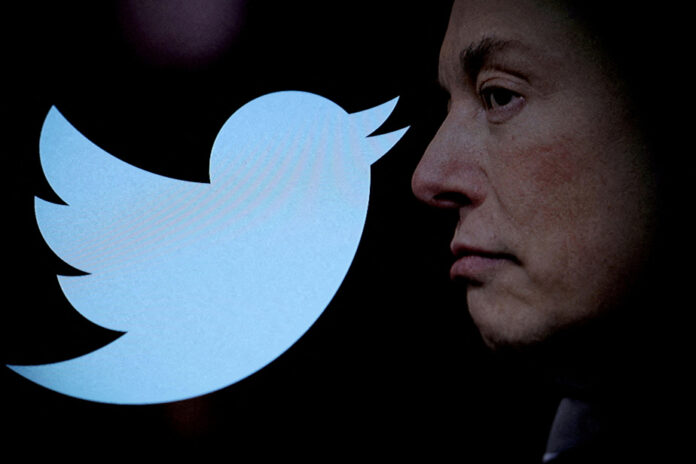(San Francisco) Since Elon Musk took control of Twitter in late October, his hasty management of the social network, involving layoffs, provocations and chaotic changes, has created a growing crowd of disgruntled users, who are testing other platforms , old or new.
Here is a non-exhaustive list of the main alternative destinations.
The Bluesky social network, backed by co-founder and former Twitter boss Jack Dorsey, is gaining popularity.
According to the Forbes magazine site, citing data from the Data.ai firm, the Bluesky application has been downloaded 360,000 times and is currently ahead of some popular platforms such as LinkedIn, Bing or Zoom in the ranking of the App Store, the store Apple.
Originally created and funded by Twitter in 2019 under Jack Dorsey, Bluesky hit smartphones two months ago.
The platform looks like Twitter, but it’s decentralized, like Mastodon, so it’s possible to create separate apps and not all content can be controlled by a single entity.
It is currently only accessible by invitation. The waiting list has more than a million applicants, according to Forbes.
Several personalities have recently joined the platform, including the elected Democrat for the House of Representatives Alexandria Ocasio-Cortez or the model Chrissy Teigen, who each has more than ten million subscribers on Twitter.
Little known to the general public, Mastodon is experiencing a spike in popularity among Internet users concerned about the future of Twitter, including journalists, university professors and other professionals.
Created in 2016 by the German developer Eugen Rochko, the site presents itself as “ a free and open source decentralized social network ” without any advertising.
Concretely, it allows each user to join, according to their interests, the community of their choice, which establishes its own rules.
Mastodon consists of a network of thousands of independent servers. Members can interact provided that the moderation rules of their respective servers are compatible.
But the unintuitive functioning of the social network and the moderation of content left to the sole discretion of group administrators are not suitable for everyone.
Within two months of the Twitter takeover, the platform grew from 380,000 to 2.5 million monthly active users, according to Wired. By the end of January, that count had dropped to 1.4 million.
The Substack platform allows authors to create their newsletter and sell subscriptions to interested people.
In April it launched a thread called “ Notes ”, similar to Twitter, which allows users to post short messages, such as recommendations, comments or links to other publications.
“Notes may look like other social media feeds, but the difference is in what you don’t see,” Hamish McKenzie, co-founder of Substack, pointed out in the blog post announcing the new feed.
“The Substack network depends on paid subscriptions, not advertising. This changes everything […] Most of the financial gains go to content creators ”.
Elon Musk responded by briefly blocking Substack-related links and searches on Twitter.
The microconflict showed how much newsletter writers depend on Twitter to find their audience and therefore generate revenue.
Other platforms attract the disillusioned mass social networks, and more recently, Twitter.
Hive Social, an online app since 2019 that mixes elements of Twitter and Instagram, struggled to handle the influx of new users late in the year.
Gab and Truth Social, Donald Trump’s network, were already presenting themselves as conservative alternatives to Twitter before the takeover by Elon Musk.
With its 150 million monthly users, the Discord discussion forum site has carved out a place for itself beyond video game enthusiasts, its initial audience. But the recent leak of confidential Pentagon documents has not improved its reputation.
Cohost, which was born in early 2022 promising that its users’ personal data would never be sold, is struggling to take off.
And the Clubhouse audio chat app born at the start of the pandemic has seen its number of users decline to 3.5 million, down 60% from its peak in 2021, according to Business of Apps.
Other projects are in the pipeline, such as Spill, the test version of which is to be launched soon by two former Twitter users.
But no network seems ready yet to replace Twitter, which had nearly 238 million daily active users at the end of June.















